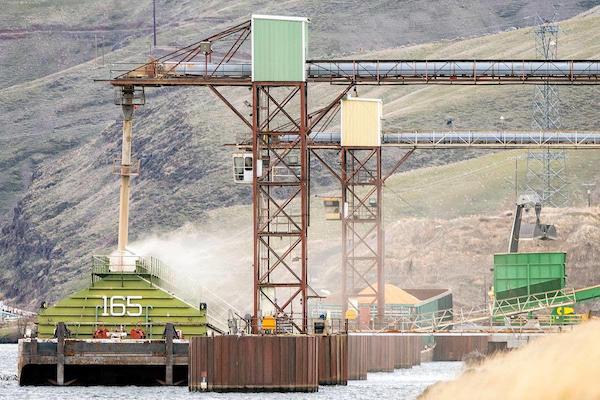forum
library
tutorial
contact

Lower Snake River Dams:
Rebuild Better
by Julie F. Rodwell
Seattle Times, December 4, 2020
|
the film forum library tutorial contact |

|
Lower Snake River Dams:
by Julie F. Rodwell
|
 Re: "Salmon People: A tribe's decades-long fight to take down the Lower Snake River dams and restore a way of life" [Nov. 29, Environment]:
Re: "Salmon People: A tribe's decades-long fight to take down the Lower Snake River dams and restore a way of life" [Nov. 29, Environment]:
As an economist and transportation policy-analyst, I'd love to see a more balanced article on the Lower Snake River dams.
The harnessing of our wild rivers made our current economy possible. Electric power, irrigation water, river navigation to export crops -- where would our wheat, fruit and wine industries be without the modern river system? Answer: virtually nonexistent.
Before the National Environmental Policy Act (1969), the massive federal dam-building program seemed like a great thing to do. The rights and needs of Native Americans were largely ignored. The current Snake River dam removal environmental impact statement is an embarrassment.
I believe there are ways to rebuild the dam system with much better fish systems, and still have (more) carbon-free electricity. I believe that a redesigned river system, accommodating much greater fish passage, addressing sea level rise, replacing worn-out locks and generating much more hydro power is ours if we want it.
A new study, perhaps by Washington-Oregon alone, could develop this more balanced analysis.
learn more on topics covered in the film
see the video
read the script
learn the songs
discussion forum
